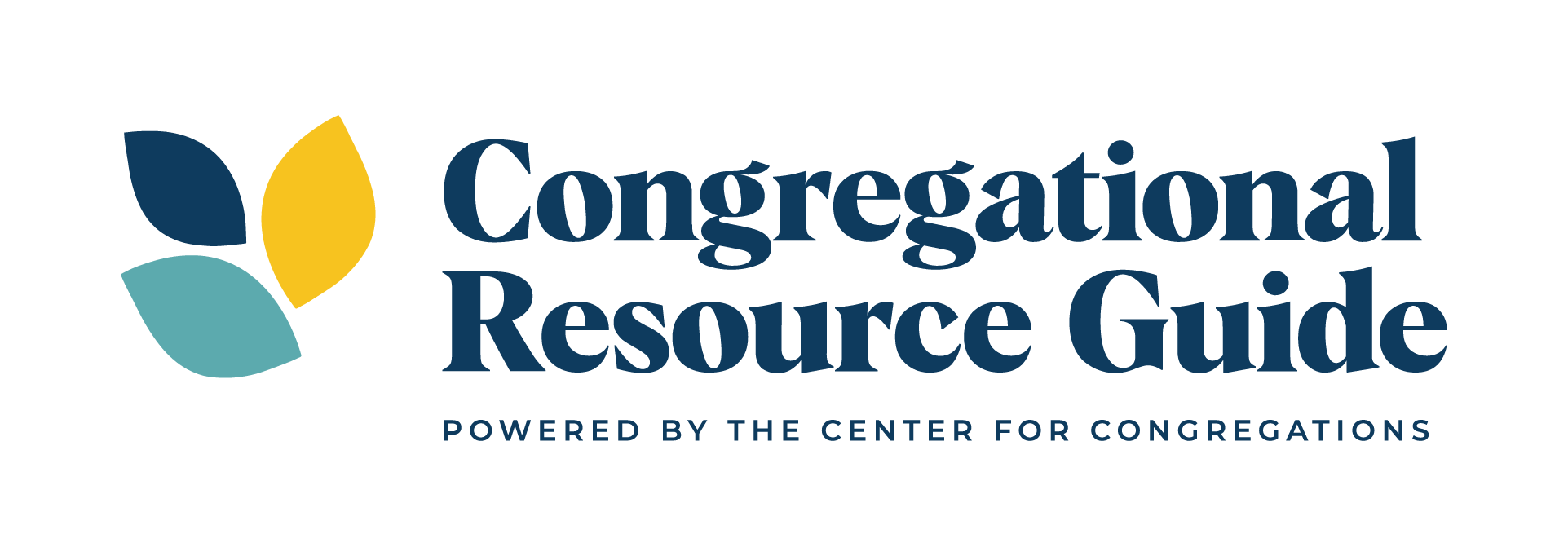There are three questions to ask regarding almost any building project your congregation is considering. Addressing these questions can help your project succeed. When building projects go well, they add to the effectiveness of your faith community. When they don’t go well, they can have long-term negative effects. These three key questions can keep you on the path of positive outcomes.
What problem are you trying to solve?
Your team should be able to answer this question in two sentences or less. Clarity is essential. You should come to agreement about what dilemma or prospect the project is addressing.
I know one congregation whose leaders completely renovated their sanctuary. Afterwards, and several thousands of dollars later, the board realized that the problem they wanted to solve, the presenting issue that started the entire project, had to do with lighting. They spent far more money than they wanted and still hadn’t solved the problem. Get clear about what problem you are trying to solve.
What resources or vendors will you use?
Once you have clarity around the problem your building project is solving, you’ll want to focus on this question. While not every building project warrants engagement with an outside resource, larger projects do require some combination of architects, engineers and construction contractors.
Such consideration leads to questions about whether to use a design-bid-build process or a design-build process. In the former, you use an architect and then you seek bids for the construction process from building contractors. In the latter, the architect and contractor typically are part of the same firm.
When your project requires helpers, remember that not all helpers are equal and not all helpers will understand what you are seeking to accomplish. Establish a process to find the best resource. You can talk to other congregations about building vendors they’ve used. Take time to prepare interview questions ahead of the conversation. As you explore possible vendors, make sure they understand the essence of your project and your congregation. You want to be able to make good use of the resource, not have the resource use you. Interview multiple vendors. You will learn from the interview process. A good process will help you avoid hiring the wrong vendor for the wrong job.
What are the full costs of this building endeavor?
For almost any building project there are unanticipated costs. Some of these unanticipated costs involve money, while some involve time and inconvenience. Some involve spending congregational goodwill. Do a full accounting of all projects.
Even a job as small as painting a restroom with volunteer labor needs to be well planned. In addition to the cost of paint, brushes, tarps and tape, don’t forget that the bathroom may be unavailable for use during that community meeting on Tuesday night.
The real costs of large projects include more than the architect, engineer and construction costs. There are continuing, new costs related to upkeep, cleaning, utilities and so forth.
Considering a new building project is an important task. It is important to address three key questions early in the consideration of a project:
Resources you can use
The CRG has information about many helpful building issue resources.
The book Holy Places provides information to consider regarding almost any building project you might address. The book helps you think about your building project in terms of three stages: discern, decide, do.
Many projects do require architects. An excellent architect who is a good fit for your congregation can make your project even more successful than you imagined. We know many building teams that distributed the article Questions to Ask Your Architect to every member of the building team.
You can do your own search of the CRG to find building issue resources for your particular challenge. Here’s a starting page.


